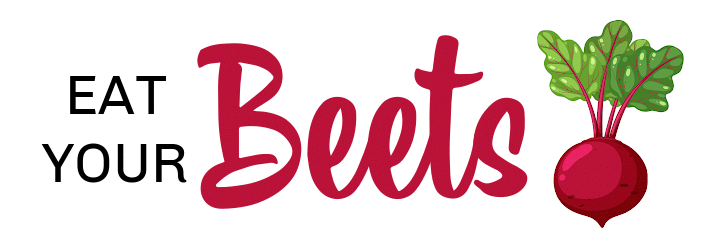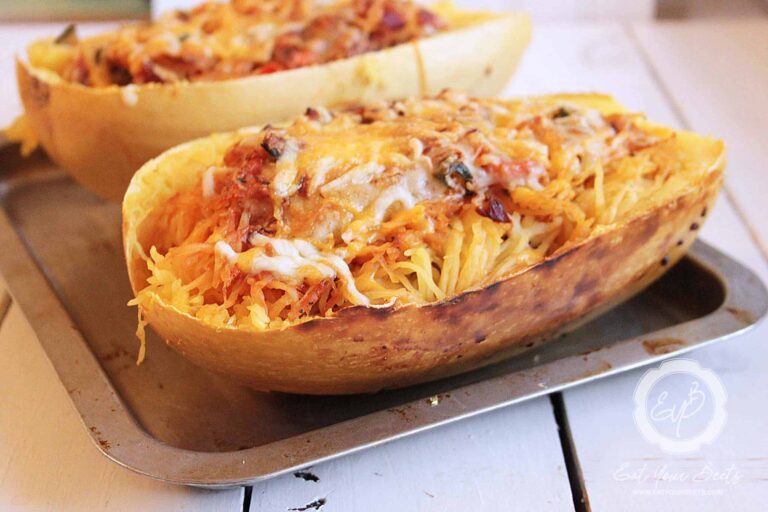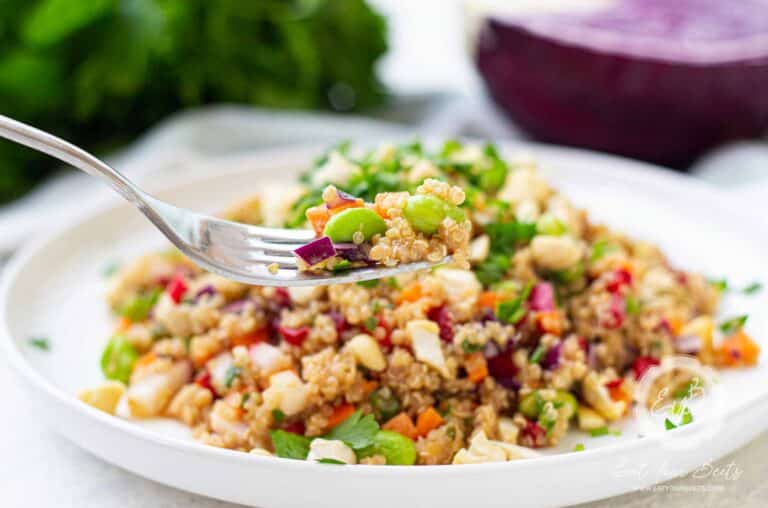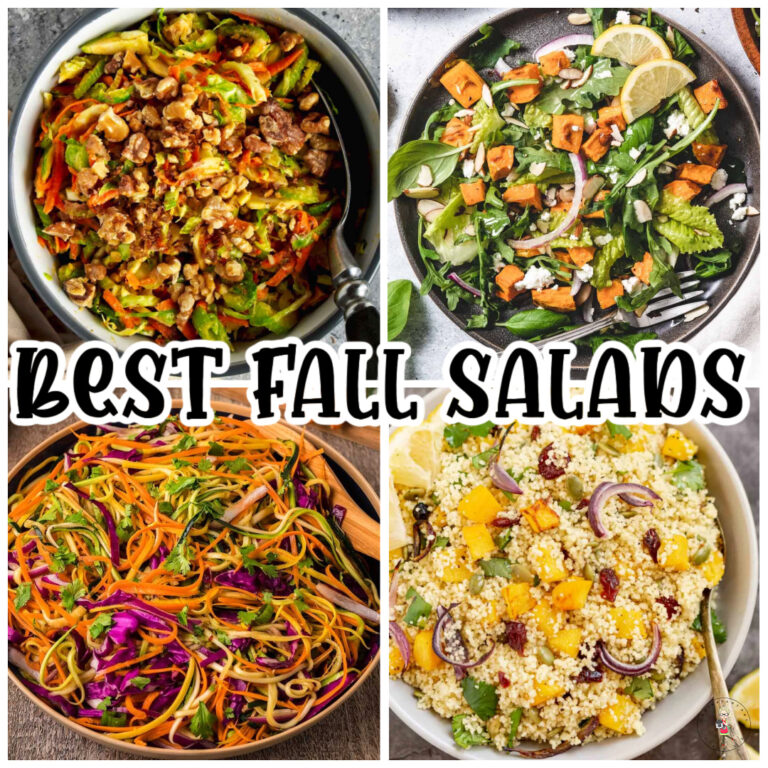What Does Paprika Taste Like?
Are you a fan of paprika or wondering what does paprika taste like? Paprika is one of the most popular spices for flavoring your dishes. It has a unique taste that can add depth and complexity to all types of recipes. But what does this red powder actually taste like?
In this article, we’ll take an in-depth look at the flavor profile of paprika, as well as discuss ways you can use it in your cooking. From making smoky sauces to spicing up salads, let’s explore why paprika has become such an essential part of kitchens worldwide!

Contents
What Is Paprika?
Paprika is a powdered spice made from grinding dried red peppers called bell pepper, usually from the Capsicum annuum family. Depending on the different types of paprika, it can range in color from mild orange-red to deep scarlet.
Commonly used in Spanish and Hungarian cuisines, paprika plays a key ingredient role and has become popular worldwide for its intense flavor and ability to add complexity to dishes. The bright orange-red color also brings vibrancy to any plate.
What Does Paprika Taste Like?
Paprika tastes like a mellow, mild version of its spicy cousin, chili pepper. It has a subtle smoky flavor that can range in intensity based on the paprika you’re using. With paprika, you get just enough spice to bring out the flavor profile of your dish without overpowering it with too much heat.
Paprika contains fruity notes reminiscent of bell peppers and a hint of smokiness due to its drying process. Some types of paprika also pack more of a punch and can be spicy, while others have a milder, slightly sweet taste.
Smoked Paprika Taste
Smoked paprika has an earthy flavor profile that will tantalize your taste buds. It is made from smoked red sweet peppers, which have been ground into a powder after they have been smoked over wood fires. The smoked paprika taste adds an extra spicy kick to your favorite dishes.
The smokiness of this ingredient creates a complex flavor that pairs perfectly with meaty dishes like chicken, beef, and fish. Even if you’re not a fan of spicy foods, smoked paprika is sure to delight you with its sweeping sweetness.
How to Use Paprika in Cooking?
Paprika is an incredibly versatile spice used for all kinds of dishes. From salads and dressings to roasted vegetables, soups, egg dishes, and stews, its flavor pairs particularly well with fish and poultry.
Paprika adds an interesting smokiness to sauces and marinades while also working well in rubs for meat.

Paprika can also top off dishes like deviled eggs or macaroni and cheese for a vibrant pop of color. No matter how you use it, paprika is the perfect way to add zest to your dishes!
Cooking with quality paprika can bring out the complexity of any dish. Remember to add paprika at the end of the cooking process, as it preserves its taste and color.
Smoked Spanish Paprika
Smoked Spanish paprika, also known as pimentón de la Vera, is one of the most popular types of paprika.
It’s made from peppers that are dried over an oak wood fire for several weeks, giving it its distinctive smoky flavor and aroma.
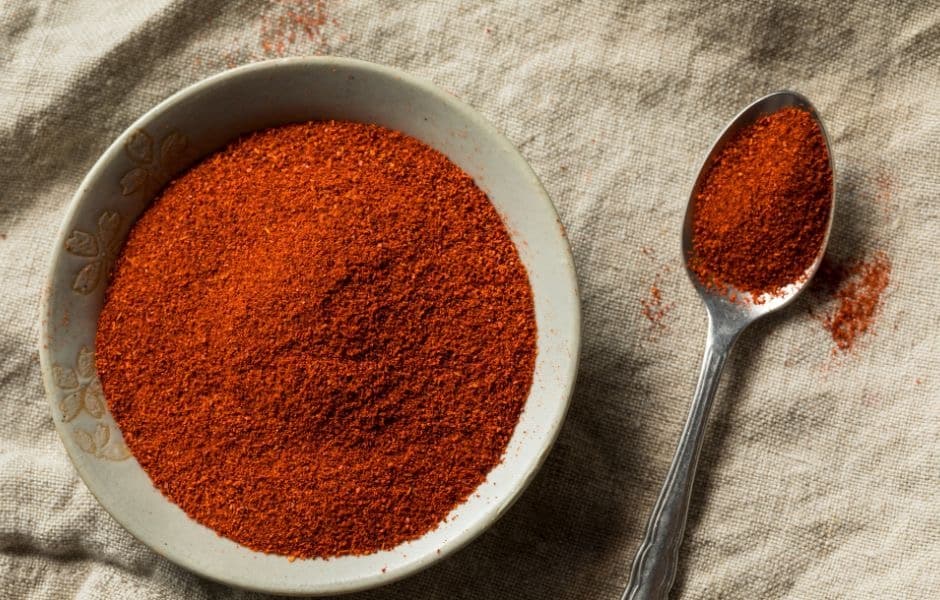
Smoked Spanish paprikas add depth to dishes like paella and stews. It’s available in different varieties, from mild to hot (Picante).
The earthy flavor of Spanish smoked paprika is unique, and it’s worth trying if you’re looking to experiment with new flavors.
Sweet Paprika
On the other end of the spectrum is sweet paprika, made from sweeter peppers. This type has a milder flavor and less heat than smoked paprika. It’s great for adding a subtle sweetness to dishes without overpowering them with spices.

Sweet paprika can be used in all kinds of recipes, from soups to sauces, and it goes well with vegetables.
Hungarian Paprika
Hungarian paprika is another popular type of spice. It’s made from peppers grown in Hungary and has a much milder flavor than smoked varieties, with little to no heat.

Hungarian paprika is great for adding color to dishes without overpowering them with spices. It’s commonly used in Hungarian stews and goulashes and can also be used in soups, sauces, and marinades.
Using Paprika in Spice Rubs
Adding spice rubs to your favorite dishes can spice up the flavor, add texture, and make a delicious dish even more appealing. Using paprika in spice blends is a great way to achieve this. Paprika lends spice and a vibrant hue for aesthetic appeal and a subtle smoky flavor.

Often used alone or combined with other spices, it’s one of the most versatile ingredients in your spice cabinet! Paprika typically comes as a fine powder which allows you to play around with different recipes and spice blends. Experimenting with flavors is an excellent way to find the perfect blend for any dish!
How to Make a Paprika Meat Rubs?
Making meat rubs is great if you want to add flavor and complexity to your meals.
A paprika-based rub is easy to make and works especially well with poultry and fish. To make a simple paprika meat rub, combine 2 tablespoons of smoked paprika with 1 teaspoon each of garlic powder, ground cumin, black pepper, and salt. Rub this mixture over your meat of choice and allow it to marinate before cooking.
This recipe yields a flavorful rub with smoky, slightly sweet notes that make for an amazing meal.
Overall, paprika is an incredibly versatile spice that can be used in all kinds of dishes to add flavor and complexity. Its unique taste profile and vibrant color make it a great way to liven up any meal.
Whether you like the smoky flavor of smoked paprika or the subtle sweetness of sweet paprika, there are plenty of ways to incorporate this versatile spice into your cooking. So give it a try and enjoy its unique flavor!
Best Way to Store Paprika
An airtight container is by far the best way to store paprika. Not only is this a great way to ensure that air and moisture won’t interact with it, but it also ensures that there’s no interaction from other smells in your pantry that could overtake the paprika flavor.
Furthermore, keeping your airtight container in a cool and dark place, such as a cupboard or pantry, will help extend its shelf-life further and keep your paprika as flavorful as possible.
Paprika vs Cayenne Pepper
Paprika and Cayenne Pepper are two fiery spices with similarities and differences. They are both great for the anti-inflamatory diet.
Paprika is typically made from sweet red bell peppers that have been dried and finely ground. It has a mild flavor, with a smoky flavor depending on the type. Depending on its origin and preparation, it can range in heat from mild to hot.

Cayenne pepper is made from dried chili peppers. It has a bright red color and an intense heat that can overwhelm some palates. The heat of cayenne pepper comes primarily from capsaicin, one of the active compounds found in chili peppers.
Paprika vs. Ordinary Chili Powder
Regarding spicing meals and adding flavor, paprika, and chili powder are popular options. So which one should you choose? Here is a comparison of the two ingredients to help you make an informed decision.
Paprika is made from sweet bell peppers that have been dried and ground into a powder. It has a mild, sweet flavor and can range in color from orange-red to deep red. Paprika is used for color and flavor and often provides a red hue to Spanish dishes such as paella.

Ordinary chili powder, on the other hand, is made from ground chilis mixed with other spices like cumin, oregano, garlic powder, and/or onion powder. It has more kick than paprika but less heat than cayenne pepper or hot sauce. Chili powder is usually used in Mexican dishes such as tacos or enchiladas.
Using Paprika as a Coloring Agent
Paprika is an essential coloring agent in Hungarian cuisine as well as in global cuisine traditions, delivering a vibrant array of color and depth to dishes like paella, chili con carne, goulash, deviled eggs, and even hummus. Allowing for a striking red coloring on everything from seafood to meat, paprika adds flavor and visual appeal to traditional meals.
It has been used extensively throughout the culinary world as a coloring agent in various dishes from Ancient Rome until today. Whether used in small doses or as part of a broad spice palette, paprika can be counted on to bring a beautiful hue and exotic flavor to whatever cuisine it’s included in!
Nutritional Value of Paprika
One tablespoon of regular paprika contains only 6 calories; however, it packs a powerful 1 gram of fiber. It’s also quite low in carbohydrates and protein, 1 and 0.25 grams, respectively, but has a surprising amount of 0.25 grams fat for a more intense flavor.
Furthermore, paprika contains vitamins A and C, plus generous amounts of calcium, iron, and magnesium.
5 Dishes That Use Paprika
Here are five delicious dishes that all incorporate paprika’s delicious and versatile spice. Try out any of these classic dishes to add a subtle kick of flavor to your meal:
Spanish Paella
Paella is a much-loved dish from Spain, and when made with paprika adds an extra layer of flavor. Paella is a rice-based dish that typically includes sea food, saffron, parsley, and other tasty ingredients. The kind of paprika used is important too; for instance, some may prefer pimentón de la Vera (smoked sweet paprika) or even smoked paprika for that smoky kick. Correctly preparing the paprika will make the paella tastier.

For instance, it should first be “toasted” in a pan without oil, giving it more aroma and helping the taste bloom – this step ensures that your paella can truly shine. Combining all these flavors results in an impressive Spanish treat everyone can enjoy.
Hungarian Goulash
Hungarian goulash is a traditional dish widely-enjoyed for its comforting and savory flavors. This flavorful stew combines an array of vegetables and thinly sliced beef, all cooked together in a rich, hearty paprika-based broth.
Paprika brings the whole stew to life, lending its distinctive red hue and a tantalizing smoky aroma and flavor that complements the potatoes, carrots, peppers, and other vegetables nicely.

To make a genuine Hungarian goulash, use sweet or hot paprika – then you can season your stew best to taste with things like cumin, cloves, garlic powder, and sugar. Serve Hungarian Goulash with bread or dumplings to help mop up any remaining delicious broth!
Chicken Paprikash
Chicken paprikash is a traditional Hungarian dish that is sure to make your mouth water! This flavorful meal is made using the potent spice of hot paprika, which gives it its unmistakable flavor.
Paprika is made from grinding up dried red peppers and can range from mild to spicy. When making chicken paprikash, you just have to pick the right heat for you!

You start off by sautéing onions and garlic in oil or butter before adding regular paprika or smoked paprika, diced tomatoes, and shredded or cubed chicken. Then simmer it all together until the flavors combine, and serve with noodles.
Potato Salad
Potato salad is an all-time classic, versatile dish that can work as a side at any meal or even a full lunch. With just a sprinkle of paprika, you can add a kick of flavor to this summertime staple.

Paprika adds an exciting, smoky note to the creamy, mayonnaise-based dressing, making it perfect for barbecues or casual family dinners! Plus, paprika provides many powerful health benefits, such as vitamins A and C and iron, so it’ll also make your potato salad healthier.
Paprika Pork Chops
Delicious and nutritious, paprika pork chops make a delightful meal for the whole family. For an especially succulent dish, lightly coat each chop with a generous coating of paprika and garlic powder then bake in the oven until golden brown. This recipe is fast and simple to prepare and also packs plenty of flavors.

Paprika adds a smoky heat balanced perfectly by the sweet hint of garlic. Whether you serve as is for a light supper or pair them with mashed potatoes for a heartier meal, paprika pork chops are sure to become a go-to favorite in your home.
So Add Paprika to Your Spice Cabinet Today – Final Thoughts
No matter what dish you’re preparing, paprika is a must-have ingredient for your spice cabinet. Not only does paprika add a burst of flavor and color to your meals, but it also comes with a variety of health benefits.
Whether you’re looking for something smoky like smoked paprika, something sweet like paprika de la Vera, or maybe even something spicy like hot paprika – paprika has a flavor for every cooking occasion. So go ahead, add paprika to your spice cabinet, and give your dishes a delicious taste of paprika today!
